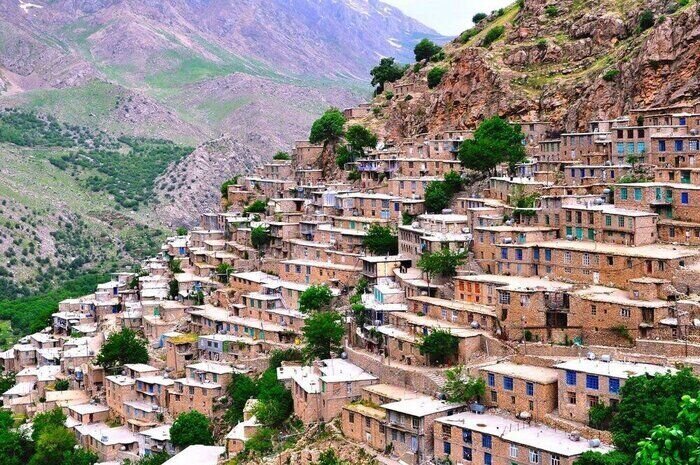Uramanat home to over 700 ancient sites, estimates suggest

Up to the moment, 120 sites of significant historical values have been discovered within the vast Uramanat cultural landscape…. However, the number is estimated to reach over 700 in future archaeological expeditions, Pouya Talebnia said.
“So far, 120 historical sites have been identified in the Uramanat region of Kermanshah province, and to further identify more sites, more detailed studies should be carried out.”
“We are planning to conduct additional archaeological studies on [the Paleolithic] Ravansar hill and the cultural landscape of Uramanat, using the expertise of local archaeologists and in collaboration with the University of Heidelberg,” Talebnia noted.
Last month, a team of archaeologists from Iran and Germany finished a field survey to shed new light on the history of Uramanat by unearthing remnants of historical monuments and relics. It yielded the discovery of “several” archaeological sites and objects yet it resulted in a change in the chronological sequence of several previously-found ancient sites, according to Talebnia.
Moreover, several historical fortresses and their legal properties were demarcated during the survey, which was co-directed by Talebnia and Shelir Amelirad from Heidelberg University.
Stretched on the slopes of Sarvabad county, and shared between the provinces of Kordestan and Kermanshah, the rural area embraces dense and step-like rows of houses in a way that the roof of each house forms the yard of the upper one, a feature that adds to its charm and attractiveness.
Last September, Hessam Mahdi, the representative of the International Council on Monuments and Sites (ICOMOS) said that he was “impressed” by the status of the rural landscape during his visit. He made the remarks on the sidelines of a visit to the western province of Kermanshah. “I am proud of being chosen to assess the case and traveling to Iran as I could visit the local people in the region.”
Local officials and travel insiders believe that inscription of the property on the prestigious list of the UN body could jumpstart tourism in the region and also look at it as a tool for better conservation of its natural landscapes and unique cultural scenes for the next generations, saying its unique rural texture, architecture, lifestyle, and agriculture is a prominent example of the integration of man into nature.
